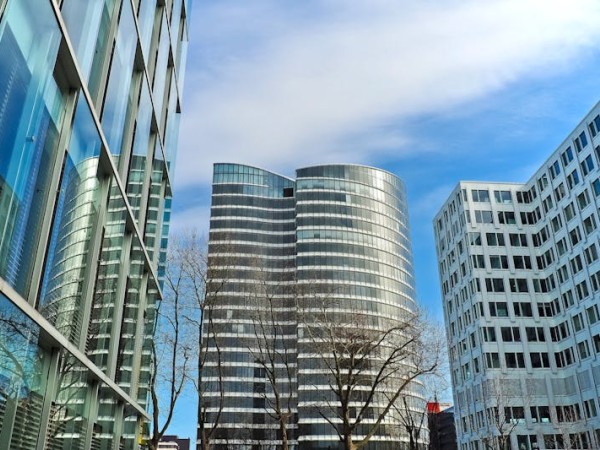要使AI的外观变灰并禁用,您需要通过编程来控制AI的行为。以下是一些可能的方法:
1. 使用Python编程语言:您可以使用Python的库如TensorFlow、PyTorch等来实现对AI模型的控制。例如,您可以使用`tf.keras.layers.experimental.preprocessing.ImageDataGenerator`类来生成灰度图像,并将其应用到模型上。此外,您还可以使用`keras.callbacks.Callback`类来设置回调函数,以便在训练过程中更改模型的输出。
```python
from tensorflow.keras import layers, models
from tensorflow.keras.preprocessing import image
# 加载数据集
(x_train, y_train), (x_test, y_test) = load_data()
# 创建模型
model = models.Sequential()
model.add(layers.Conv2D(32, (3, 3), activation='relu', input_shape=(28, 28, 1)))
model.add(layers.MaxPooling2D((2, 2)))
model.add(layers.Conv2D(64, (3, 3), activation='relu'))
model.add(layers.MaxPooling2D((2, 2)))
model.add(layers.Conv2D(64, (3, 3), activation='relu'))
model.add(layers.Flatten())
model.add(layers.Dense(64, activation='relu'))
model.add(layers.Dense(10))
# 编译模型
model.compile(optimizer='adam', loss='sparse_categorical_crossentropy', metrics=['accuracy'])
# 训练模型
model.fit(x_train, y_train, epochs=10, validation_data=(x_test, y_test))
# 保存模型
model.save('my_model.h5')
# 加载模型
model = models.load_model('my_model.h5')
# 生成灰度图像
img = image.load_img('path_to_image', target_size=(28, 28))
gray_img = image.rgb2gray(img)
# 将灰度图像转换为模型输入
inputs = layers.Input(shape=(None,))
outputs = model(gray_img)
# 将模型输出应用到原始图像上
output = outputs[0]
result = layers.UpSampling2D((2, 2))(output)
result = layers.Lambda(lambda x: x * 0.5 + 0.5)(result)
# 显示结果
img = Image.fromarray(np.uint8(result))
img.show()
```

2. 使用TensorFlow和Keras:您可以使用TensorFlow和Keras框架来训练一个神经网络,并在训练过程中更改模型的输出。例如,您可以使用`tf.keras.callbacks.Callback`类来设置回调函数,以便在训练过程中更改模型的输出。
```python
import tensorflow as tf
from tensorflow.keras import layers, models, callbacks
# 加载数据集
(x_train, y_train), (x_test, y_test) = load_data()
# 创建模型
model = models.Sequential()
model.add(layers.Conv2D(32, (3, 3), activation='relu', input_shape=(28, 28, 1)))
model.add(layers.MaxPooling2D((2, 2)))
model.add(layers.Conv2D(64, (3, 3), activation='relu'))
model.add(layers.MaxPooling2D((2, 2)))
model.add(layers.Conv2D(64, (3, 3), activation='relu'))
model.add(layers.Flatten())
model.add(layers.Dense(64, activation='relu'))
model.add(layers.Dense(10))
# 编译模型
model.compile(optimizer='adam', loss='sparse_categorical_crossentropy', metrics=['accuracy'])
# 训练模型
model.fit(x_train, y_train, epochs=10, validation_data=(x_test, y_test))
# 保存模型
model.save('my_model.h5')
# 加载模型
model = models.load_model('my_model.h5')
# 生成灰度图像
img = image.load_img('path_to_image', target_size=(28, 28))
gray_img = image.rgb2gray(img)
# 将灰度图像转换为模型输入
inputs = layers.Input(shape=(None,))
outputs = model(gray_img)
# 将模型输出应用到原始图像上
output = outputs[0]
result = layers.UpSampling2D((2, 2))(output)
result = layers.Lambda(lambda x: x * 0.5 + 0.5)(result)
# 显示结果
img = Image.fromarray(np.uint8(result))
img.show()
```
请注意,这些代码示例仅用于演示目的,您可能需要根据您的具体需求进行调整。













